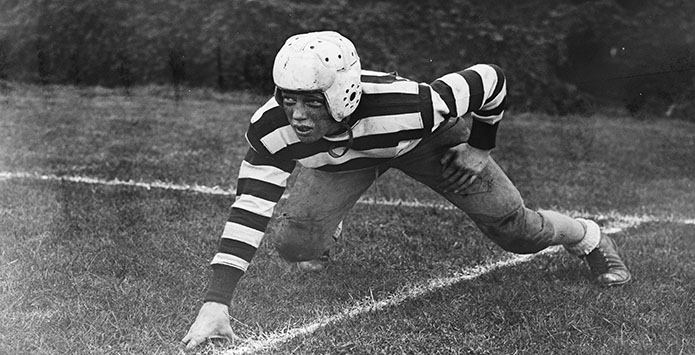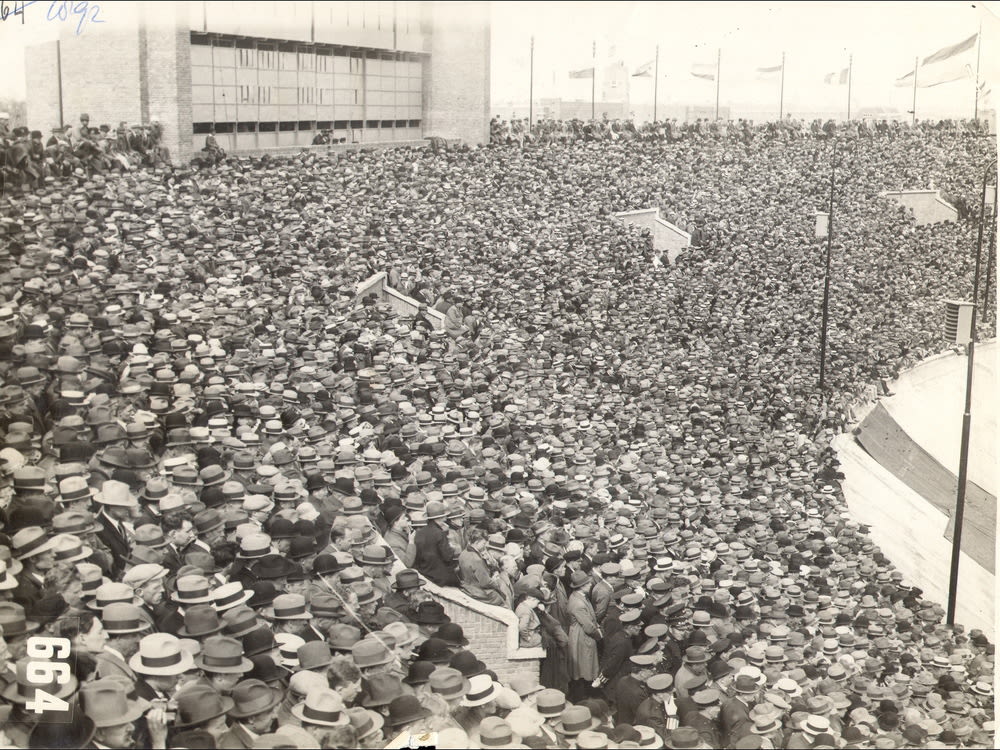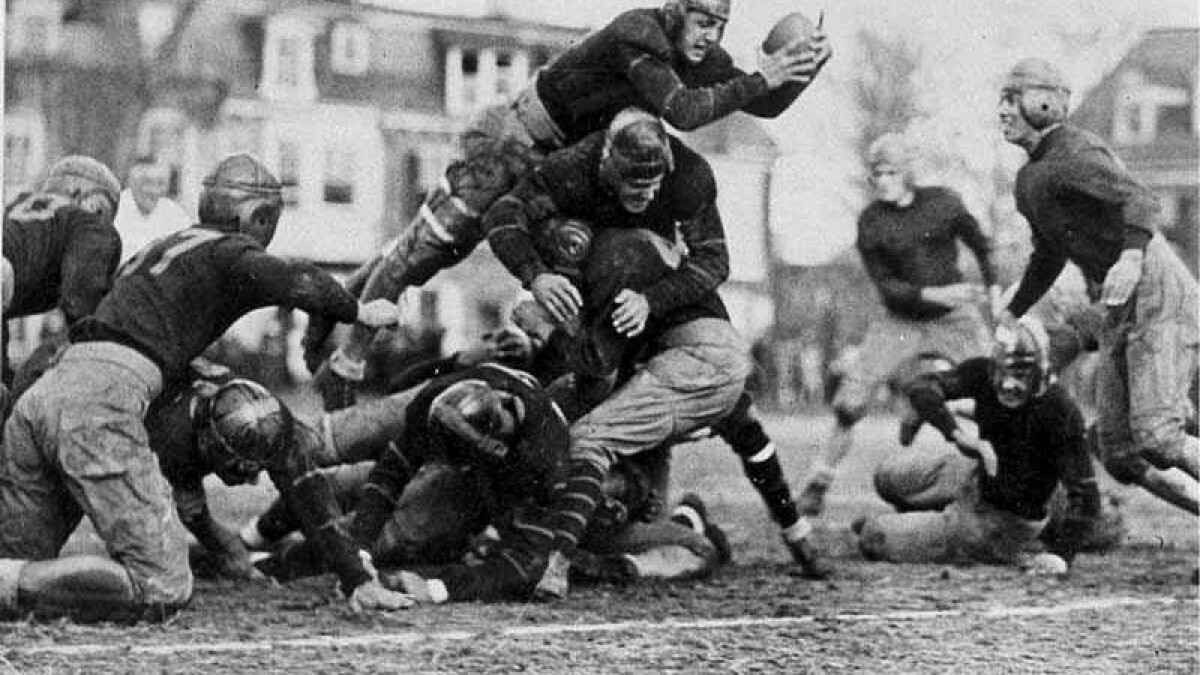The History of the Super Bowl: The Evolution of America’s Biggest Sporting Event
The History of the Super Bowl: The Evolution of America’s Biggest Sporting Event
The Super Bowl is one of the most-watched sporting events worldwide, with millions of fans gathering every year to witness the spectacle. From its humble beginnings in the 1960s, the Super Bowl has evolved into an iconic American event that transcends football. It’s a cultural and commercial juggernaut that attracts not only football fans but also music lovers, advertisers, and even casual viewers.
This blog delves into the rich history of the Super Bowl, from its inception following the merger of the National Football League (NFL) and American Football League (AFL) to its current status as a global entertainment phenomenon.

The Origins: The NFL-AFL Rivalry (1960-1966)
Before the creation of the Super Bowl, the NFL was the dominant professional football league in the United States, having been founded in 1920. However, in 1960, the American Football League (AFL) was formed as a rival league, aiming to challenge the NFL’s dominance by attracting new franchises and players. The AFL introduced several innovations, such as wider offensive strategies, which added excitement to the game and started drawing fan attention away from the NFL.
Despite the AFL’s growing popularity, the NFL continued to dominate in terms of revenue, talent acquisition, and media coverage. However, by the mid-1960s, both leagues were engaged in bidding wars for players and TV contracts, which increased tensions and eventually led to negotiations for a merger.
In 1966, NFL Commissioner Pete Rozelle and AFL founder Lamar Hunt struck a deal to merge the two leagues, creating what we now know as the modern NFL. As part of the agreement, the champions of each league would face off in an annual championship game—the AFL-NFL World Championship Game—which would eventually be rebranded as the Super Bowl.
The First Super Bowl: Super Bowl I (1967)
The first Super Bowl, held on January 15, 1967, pitted the NFL’s Green Bay Packers against the AFL’s Kansas City Chiefs at the Los Angeles Memorial Coliseum. The game did not yet have the glamour or attention it enjoys today. Although it was broadcast on both CBS and NBC, the game was not even a sellout, with around 61,000 fans in attendance in a stadium that seated over 90,000.
The Packers, led by legendary coach Vince Lombardi, won the game convincingly, beating the Chiefs 35-10. Lombardi’s Packers would go on to win the next Super Bowl as well, cementing the early dominance of the NFL over the AFL.
Despite this dominance, the creation of the Super Bowl marked a significant moment in sports history, providing a single championship game that would ultimately determine the best football team in America.

The Turning Point: Super Bowl III (1969)
Super Bowl III, held in 1969, marked a significant turning point in the history of the game. Prior to this, the NFL had won the first two Super Bowls, and many believed that the AFL teams were inferior to their NFL counterparts. That all changed when the New York Jets, led by charismatic quarterback Joe Namath, took on the heavily favored Baltimore Colts in Super Bowl III.
Namath famously guaranteed a Jets victory days before the game, despite most analysts and fans believing the Colts would win easily. The Jets shocked the world by defeating the Colts 16-7, legitimizing the AFL and proving that its teams could compete with the NFL’s best. Namath’s guarantee and the Jets’ victory have since become legendary moments in football history.
This game is often cited as the moment that gave the AFL respectability and set the stage for the AFL-NFL merger, which was officially completed in 1970.
The AFL-NFL Merger and the Modern Super Bowl (1970s)
The official NFL-AFL merger took place in 1970, creating two conferences—the AFC and the NFC—within the new unified league. From that point on, the Super Bowl became the championship game between the winners of these two conferences, marking the true beginning of the modern Super Bowl era.
The 1970s were characterized by dominance from two main franchises: the Miami Dolphins and the Pittsburgh Steelers. The Dolphins achieved the first and only perfect season in NFL history, winning Super Bowl VII after an undefeated 1972 season. Meanwhile, the Steelers, under coach Chuck Noll and quarterback Terry Bradshaw, won an incredible four Super Bowls between 1974 and 1979, cementing themselves as one of the greatest teams in NFL history.
By the end of the 1970s, the Super Bowl had grown in popularity, with viewership increasing significantly each year. The game was no longer just a football event—it had become a major American tradition.
The Super Bowl in the 1980s: Media and Commercial Growth
The 1980s saw the Super Bowl evolve into a media spectacle. The San Francisco 49ers, led by legendary quarterback Joe Montana, became the team of the decade, winning four Super Bowls under coach Bill Walsh. Their dominance, combined with exciting games and incredible individual performances, helped the Super Bowl capture the attention of casual and hardcore football fans alike.
However, it wasn’t just the football that was gaining attention. The commercialization of the Super Bowl became a defining feature of the event in the 1980s. Super Bowl commercials grew into a major attraction in their own right, with companies willing to spend millions of dollars for a 30-second ad slot. Apple’s 1984 ad, directed by Ridley Scott, is one of the most famous Super Bowl commercials of all time, marking the launch of the Macintosh computer.
Another major development during this era was the halftime show, which became a major spectacle in its own right. Previously, halftime shows had featured college marching bands or relatively minor acts. That changed in 1993 when Michael Jackson headlined the Super Bowl halftime show, drawing massive global attention and setting the stage for future superstar performances.
The 1990s: Dynasties and Globalization
The 1990s brought about two of the NFL’s most famous dynasties: the Dallas Cowboys and the Green Bay Packers. The Cowboys, led by quarterback Troy Aikman and coach Jimmy Johnson, won three Super Bowls in four years (1992, 1993, and 1995), while the Packers, under quarterback Brett Favre, won Super Bowl XXXI in 1997.
During this decade, the Super Bowl also solidified its status as an international event. The game was broadcast in over 180 countries, and millions of viewers outside the United States tuned in to watch the action. The combination of dramatic games, superstar halftime performers, and big-budget commercials made the Super Bowl an annual global event.
The 2000s: The Patriots Dynasty and Iconic Moments
The New England Patriots, led by coach Bill Belichick and quarterback Tom Brady, defined the 2000s. The Patriots appeared in nine Super Bowls between 2001 and 2019, winning six, making them one of the most successful teams in NFL history. Their first Super Bowl win came in Super Bowl XXXVI in 2002, where they defeated the St. Louis Rams on a last-second field goal by kicker Adam Vinatieri.
This era was also characterized by some of the most iconic moments in Super Bowl history. In 2008, the New York Giants shocked the world by defeating the previously undefeated New England Patriots in Super Bowl XLII. The game is remembered for David Tyree’s helmet catch, one of the most famous plays in Super Bowl history.
Super Bowl commercials continued to grow in significance, with companies willing to pay millions of dollars to reach the massive television audience. Brands like Budweiser, Doritos, and Coca-Cola created ads that became just as famous as the games themselves.
The 2010s and Beyond: Cultural and Global Phenomenon
By the 2010s, the Super Bowl had cemented itself as a cultural and global event, watched by over 100 million people each year. The 2010s featured dominant performances from teams like the Seattle Seahawks, Kansas City Chiefs, and the New England Patriots. Super Bowl XLIX, in 2015, set the record for the most-watched television event in U.S. history, with 114.4 million viewers.
The halftime show continued to attract top talent, with performances by artists such as Beyoncé, Lady Gaga, and Shakira & Jennifer Lopez. These performances often attracted as much attention as the game itself, drawing in viewers who might not otherwise watch football.
Super Bowl as a Cultural Staple
Today, the Super Bowl is far more than a football game. It has become an integral part of American culture, and a global event that garners attention from all corners of the world. The combination of sports, entertainment, and commerce has turned the Super Bowl into a must-watch event, year after year.
From the early days of the AFL-NFL merger to the Tom Brady dynasty and beyond, the Super Bowl’s history is rich with moments that have captivated fans across generations. Whether you’re a die-hard football fan or someone who tunes in for the commercials and halftime shows, the Super Bowl has






